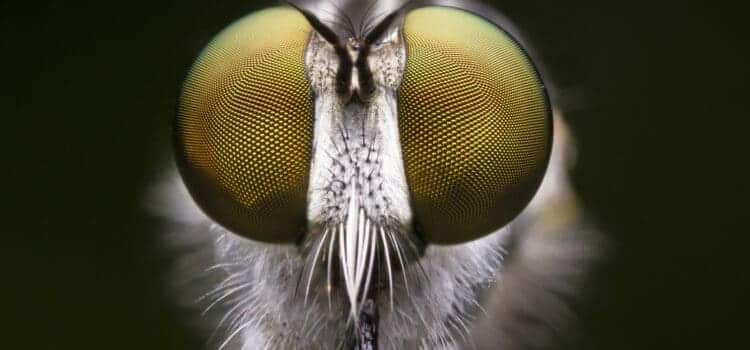Native Bees in the Victorian Backyard
Native Bees in the Victorian Backyard While honey bees are highly beneficial to the environment, native bees serve a vital and unique purpose in Australia….
Native Bees in the Victorian Backyard
While honey bees are highly beneficial to the environment, native bees serve a vital and unique purpose in Australia. They pollinate Australia’s unique flora and are an important part of the bushland. There are some 1600 species of indigenous bee in Australia. They come in all shapes, sizes and colours, be that black, yellow, red, metallic green, blue polka dotted and striped! It is important to encourage these bees to your garden by planting flora that bees enjoy. For native bees, some good suggestions are cut leaf daisy, flowering gum, pincushion hakea, tea tree, purple coral pea, grevilia pink surprise, native rosemary and bottlebrush. However, due to the size and environmental diversity of Australia, not all native bees can be found all over the country. So, what are some of the native bees can be found in Victorian backyards?
Reed bees are black and slender and range from 5 to 8mm in length. They live in urban areas, forests, woodlands and heaths. Their name comes from their habit of making nests in the dried stems of plants, including Lantana, raspberries, blackberries and the dead fronds of tree ferns. A female bee often guards the entrance to their nests. Some species are quite cooperative and share nests as well as foraging and guarding duties. Unusually, their nests are not divided into discreet chambers for larvae. In fact, in the most common species, larvae and pupae lie together in a pile.
Blue banded bees are debatably the most beautiful of Australia’s native bees. They are about 11 mm long, with a furry red-brown thorax and striking bands of metallic blue across their black abdomens; a stark contrast to the usual colourings of their relatives. However, blue-banded bees are anti-social; instead of living in large colonies, they are solitary creatures, with each female bee mating and then building a solitary nest by herself. The bees inhabit urban areas, woodlands, forests and heath areas, with the female bee choosing somewhere secluded for her nest, such as a shallow burrow in clay soil or mudbricks. Despite being a bit of a loner, the blue banded bee is a great pollinator with a very special trick up its sleeve. This subspecies performs a unique type of pollination known as “buzz pollination”. This involves the bee grasping a flower and pulsating her flight muscles, causing the pollen to shoot out of the capsule. She can then collect the pollen for her nest and carry it from flower to flower, pollinating the flowers.
Teddy bear bees are named due to their rotund bodies. These chubby, furry brown bees range from 7 to 15 mm in length. They build shallow nest burrows in soft soil and sometimes nest underneath houses or in sheltered locations such as eroded creek banks. Like blue banded bees, this species is solitary, and each female builds her own underground nest, but many bees may nest together in the one location. In an interesting quirk of this rather endearing bee, as they age, the hair on the top of their thorax becomes worn, leaving a black bald spot.
Leafcutter bees are perhaps one of the most fascinating bee species. Black in colour and ranging from 6 to 15 mm, these natives have a unique skill. Using their unusually strong jaws or mandibles, they cut very neat, circular sections from the edges of soft leaves from plants such as roses and wisteria. After cutting these out, they take these sections back to their nests to build cells for their young. Gardeners have often woken to find these unusual, perfect shapes cut from the leaves of their rose bushes; very different to the irregular munching of a caterpillar!
Finally, resin bees come in many sizes and colours. Some are large with white tufts of hair and reach 14 mm in length; others are small 8mm varieties with bold orange-coloured abdomens. They make their nests in pre-existing holes or gaps in timber or stonework and are called ‘resin’ bees as they
collect resins and gums from the environment to build partitions between their brood cells and seal holes in their nest.
As we can see from this handful of bees found buzzing around your backyard in Melbourne and across Victoria, natives possess many remarkable and unique qualities. As there are over 1600 native species in Australia, it is important we encourage these indigenous animals to keep pollinating native plants and visiting our gardens by creating attractive environments for them to visit.


